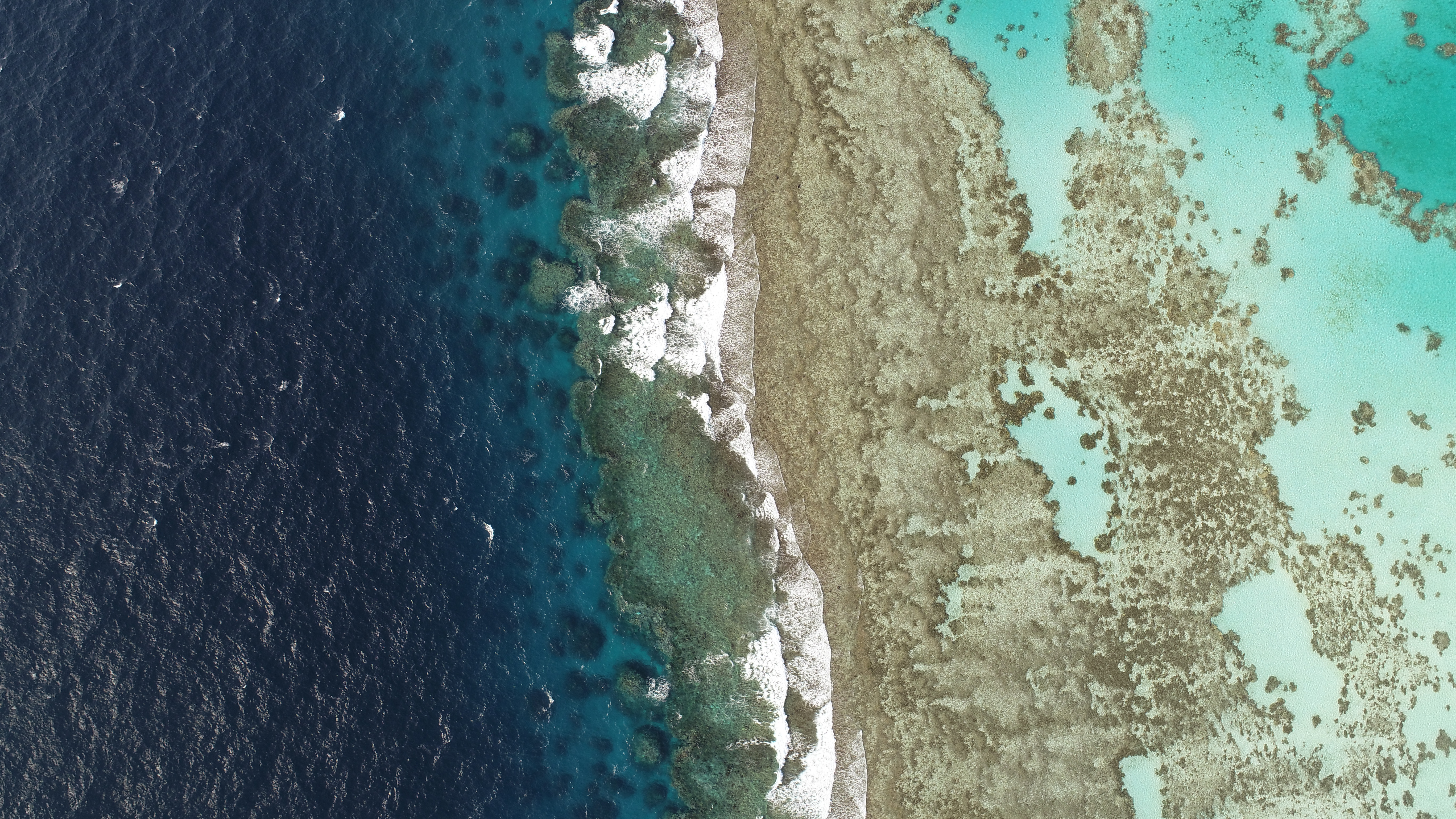Tom grew up in central New York, before moving to southern California to complete his undergraduate degree in Marine Science at the University of San Diego. There, Tom worked on research projects in the Turks and Caicos Islands and the US Virgin Islands, and developed his interests in coral reef ecosystems. Tom earned his Ph.D. from Massachusetts Institute of Technology and Woods Hole Oceanographic Institution, where his thesis focused on coral reef responses to climate stressors in the South China Sea and the equatorial Pacific. In both regions, Tom documented mass bleaching events that devastated the resident coral communities. After witnessing these events first-hand, Tom’s interests focused toward understanding how coral reefs recover from disturbance, and how quickly corals can acclimatize or adapt to rising ocean temperatures. Tom completed his first postdoc at the University of Western Australia, where he collected coral skeletal cores to reconstruct historical bleaching events over the past two centuries in the Coral Sea. Additionally, Tom developed a technique using Raman spectroscopy to probe the micro-scale calcifying environment of corals in order to better understand how they build their skeletons, and their sensitivities to ocean warming and acidification.
At KAUST, Tom plans to use skeletal cores to build timelines of bleaching events in the Red Sea, where direct observations are scarce prior to the past decade. Simultaneously, Tom intends to quantify reef-scale heat budgets to evaluate how weather and climate interact to drive thermal stress on Red Sea reefs. These two projects will intersect by testing whether reefs exposed to greater local temperature amplifications have been more prone to bleaching. Tom expects this information to help inform which reefs are most likely to bleach in the future, and to evaluate the relative roles of climate change and weather anomalies in sparking bleaching events in the Red Sea.
Visit his personal website
here.

